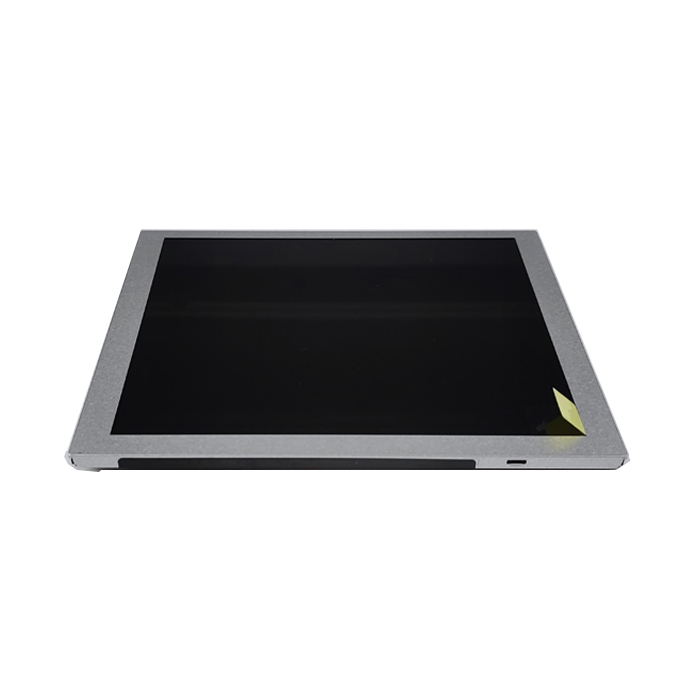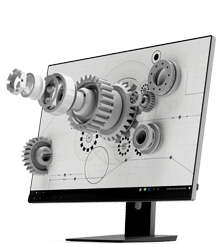Compatibility with alternative screens mainly depends on those parameters

After the discontinuation of LCD screens, finding compatible replacement screens mainly depends on the parameters Wh
After the discontinuation of LCD screens, finding compatible replacement screens mainly depends on the parameters.
When key components such as industrial LCD screens are discontinued, finding compatible replacement products is a process that requires systematic parameter comparison. A slight mistake may lead to equipment incompatibility, performance degradation, or shortened lifespan. Based on the typical technical features of industrial LCD screens, such as the Tianma P series models (such as P1210XGF1MA00, P1210XGF1MA01, P1210XGF1MB00), I have compiled the following key parameter dimensions and alternative processes to help you establish a clear evaluation framework when choosing:
I. Core compatibility parameters (sorted by priority)
1. Physical and mechanical parameters
-Size and installation compatibility
-The screen size (such as 12.1 inches), appearance size (such as 260.5 × 203 × 10mm), and installation hole position must be consistent, otherwise it cannot be installed into the device frame.
-The visible area (such as 249 × 187.5mm) determines the actual display range, and size differences can cause the displayed content to be obscured.
-Interface and connector
-The signal interface type (such as LVDS 20 pin terminal) and pin spacing (1.25mm) must be matched, otherwise the adapter board needs to be redone.
-The interface definition (such as 6/8-bit color depth and 3.3V voltage) needs to be fully compatible to avoid signal protocol conflicts.
2. Optical performance parameters
-Brightness (e.g. 1300/800/500 cd/m ²): Outdoor or strong light environments require a high brightness screen (>800 nits), otherwise visibility will decrease.
-Perspective technology (such as IPS full view 88/88/88/88): Medical or industrial control equipment requires a wide perspective to avoid the perspective limitations of TN screens.
-Contrast ratio (1000:1), color gamut (72% NTSC): Affects image layering, especially sensitive to medical display devices.
3. Electrical and Environmental Reliability
-Working temperature range (such as -30~80 ℃ vs -20~70 ℃): Wide temperature screens (starting from -30 ℃) are essential for industrial equipment, and ordinary screens are prone to failure at low temperatures.
-Vibration resistance (2.0G/19.6m/s ²): Vehicle mounted and machine tool equipment require seismic certification, otherwise it is prone to detachment due to vibration.
-Backlight lifespan (50K/70K/100K hours): The difference in WLED lifespan directly affects maintenance costs.
4. Function and signal parameters
-Resolution (1024 × 768/XGA): must be the same, otherwise the driver needs to be modified or the image needs to be scaled to cause distortion.
-Response time (25ms): Low speed screens can cause dynamic image ghosting, such as on HMI operation interfaces.
-Power requirements (voltage 12V/24V, power consumption 5-9W): Voltage mismatch may cause screen burn-in, and power consumption differences may affect heat dissipation design.
II. Alternative screening process (systematic operation guide)
Determine the complete parameters of the original model -Extract key parameter tables from the specification sheet (such as brightness of 1300 nits and operating temperature of -20~70 ℃ for P1210XGF1MA00). -Annotate non-negotiable parameters (such as interface type, size).
Screen candidate models -Upgraded models in the same series, such as Tianma P1210XGF1MB00 (brightness of 500nits), can replace some non high brightness scenes. -Same brand but different series: such as Tianma TM121SDSG05-60 (temperature range needs to be verified). -Competitor substitution: such as Mitsubishi AA121TF01 (interface definition compatibility needs to be verified).
III. Parameter comparison and risk annotation
Use the following table to quickly compare key parameter differences (example):
Parameter | Original model (such as P1210XGF1MA00) | Alternative candidates (such as P1210XGF1MB00) | Compatibility risk |
Brightness | 1300 cd/m² | 500 cd/m² | High - Insufficient outdoor visibility |
Operation temperature | -20~70℃ | -30~80℃ | Low to wider temperature range |
Interface type | LVDS 20-pin | LVDS 20-pin | Fully compatible |
Backlight life | 100K hours | 50K hours | Shortened maintenance cycle |
4. Interface and driver verification
-Request the interface definition diagram of alternative models and compare the pin signal sequence (such as the correspondence between CLK ± and DATA ±).
-Test the compatibility of the driver board: Connect the original driver board to a replacement screen and check for screen flickering or flickering (sample testing is required).
5. Environmental adaptability testing
-Low temperature start-up: Delayed display during power on test at -30 ℃.
-Vibration test: Check the connection stability after a 2.0G vibration.
III. Precautions and Alternative Traps
-'Parameter proximity' ≠ compatibility: for example, brightness of 800nits vs 500nits may directly cause the device to be unavailable outdoors.
-Batch difference risk: Different batches of the same model may have IC changes, and a new version of the specification sheet needs to be requested.
-Shutdown warning model: For example, Tianma P1210XGF1MA00 has already been mass-produced, but P1210XGF1MB00 was in the "sample stage" and the supply stability needs to be confirmed.
-Implicit increase in substitution cost: If the interface does not match, the development cost of the adapter board may be higher than the screen itself.
summarize
When searching for alternative screens, the priority order is physical interface>resolution>environmental parameters>optical performance * *. In industrial scenarios, wide temperature range (starting from -30 ℃), earthquake resistance (2.0G), and long lifespan backlight (>50K hours) are core parameters that are easily overlooked but determine equipment reliability. Please refer to the specification sheet PDF as there are often errors in the webpage parameters (e.g. standard P1210XGF1MA01 brightness is 700nits, actual specification sheet is 800nits). Suggest requesting the latest list of alternative models and samples from Tianma authorized agents.










